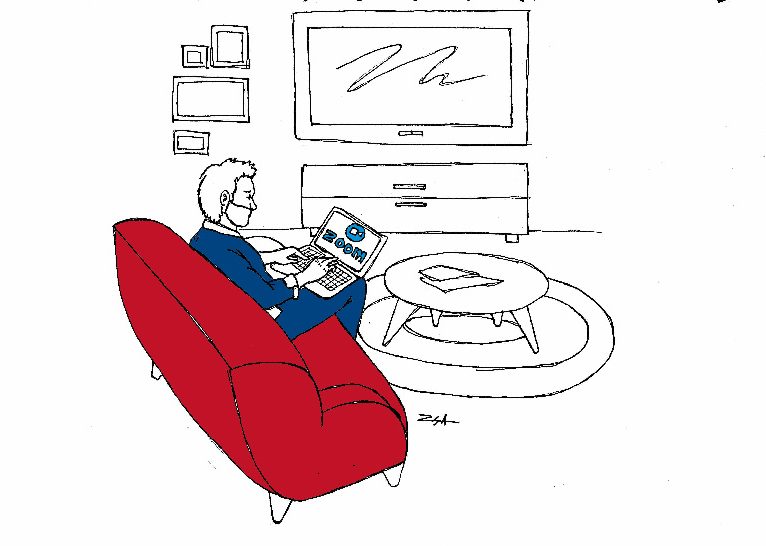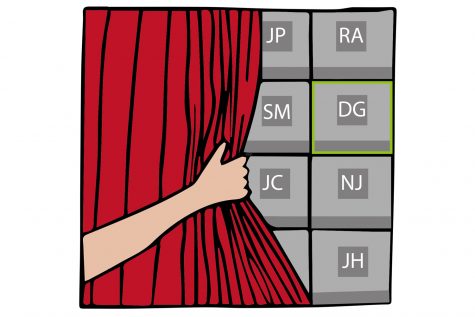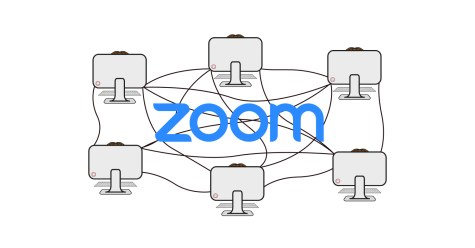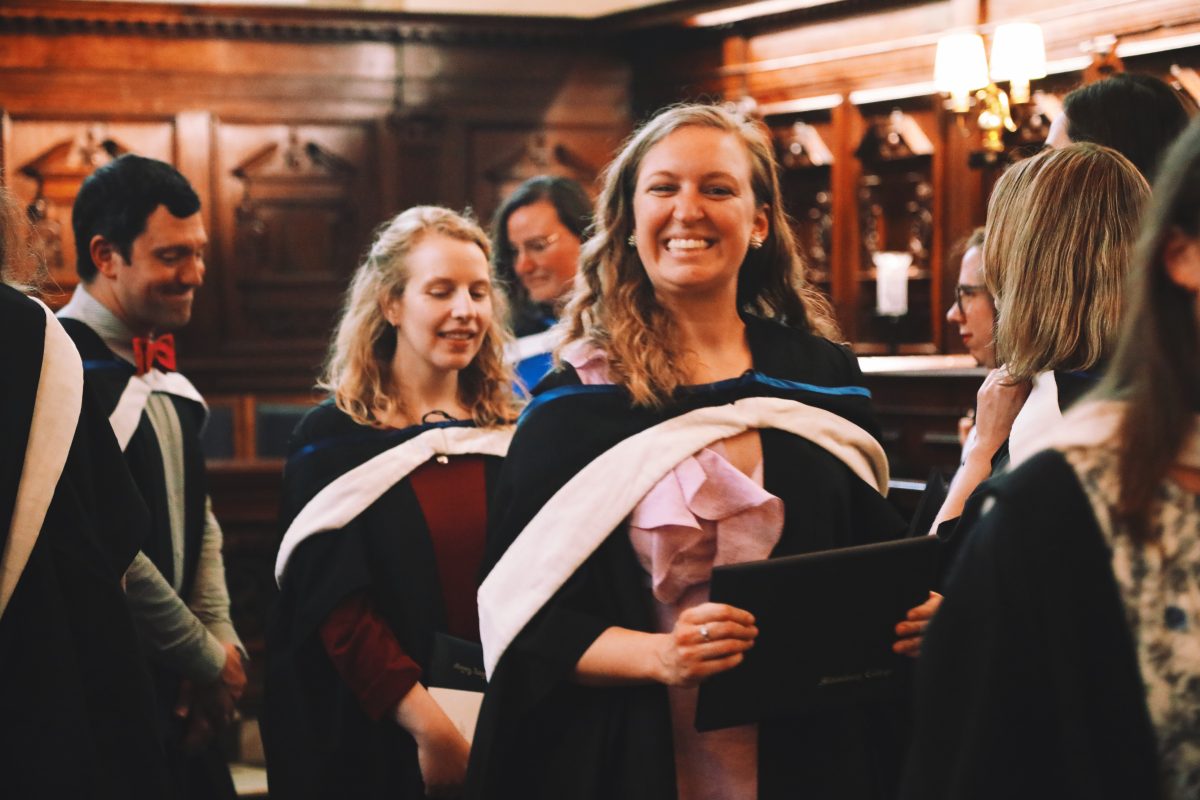After the administration made the decision to close school March 15, teachers were given one week to prepare for the transition to the Distance Learning Program (DLP). The DLP classes officially began on March 23, and are currently expected to continue until at least May 8, apart from spring break.
Band Teacher Carolyn Stock-Chapin said that the administration has handled communication with faculty and staff throughout the entire process particularly well.
“Administration has been very good at thinking through every angle of the situation and doing what’s best for all of its constituents,” she said. “I’ve had several administrators call to check in with me to see if I’m OK and my family’s OK. They’ve done a nice job with a very challenging, unprecedented situation.”
“That’s the hard part, there’s too much screen time. At school, I was very excited to go to class to get away from a computer screen, and that is the opposite now.” — Science Teacher Brad Moore
According to an email sent out by Head of School Robin Appleby, the administration chose to pursue a mainly asynchronous learning plan, allowing students to complete work at their own pace whilst maintaining a structured schedule: attending one mandatory zoom per week and completing assigned classwork by a certain deadline.
After experiencing a few days of online classes, Math Teacher Jenny Wexler is uncertain of the future of the DLP, but said that the asynchronous style has beneficial aspects.
“[The DLP] provides an opportunity where [students] can do what they need, ask any questions they need,” Wexler said. “I do like that individual part of it, but I’m not sure long-term how well that’s going to play out.”
However, Science Teacher Brad Moore said he believes distance learning and Zoom meetings in particular will become easier over time.
“Once we get into a more routine schedule or when this becomes more normal there won’t be as much difficulty in trying to do these synchronous events,” he said.
Stock-Chapin is optimistic that the DLP will provide an opportunity for growth and acknowledges that continued distance learning will allow students and teachers to have experiences that they wouldn’t normally have.
“We will grow in different ways than we would have in the brick and mortar classroom,” she said. “Music students will access opportunities and skills of composition and research, things that we would never take the time to do if there was a concert around the corner.”
Wexler also said that the DLP is encouraging students to become more independent in their own learning.
“So far, there are some students who I’ve been able to interact with and answer questions within this forum who don’t do that very much when we’re in the regular face-to-face school,” she said.
During the period of transition, teachers adapted to find a balance between their work and personal life.
Director of Student Life and Financial Math Teacher James Perry has experienced the positives and negatives of having a newborn during this time of distance learning.
“On one side it’s really nice to be able to help out with the baby or around the house,” he said. “But it also makes it harder to focus and stay on task with work.”
Finding this balance has been difficult for others as well, even without newborns. Wexler has found that setting goals and expectations for herself and making sure to take breaks when necessary has been very important.
“Thursday of the first week was a really hard day,” she said. “It was the first day where I felt I had more work to do than I could possibly get done in the hours that I had to work. Part of it is just giving myself permission to acknowledge when there’s too much.”
An increased workload is not the only challenge faced by teachers, as the majority of their work has been on a screen. Moore has noticed that planning, teaching and evaluating have all transferred to be on a computer screen.
“That’s the hard part, there’s too much screen time,” he said. “At school, I was very excited to go to class to get away from a computer screen, and that is the opposite now.”
Another challenge faced by music teachers in particular has been the cancellation of music tours and all of the music department’s upcoming concerts. Stock-Chapin said that the lack of concerts can be a challenge when planning the curriculum.
“At the moment we’re not sure how long we’re going to be in distance learning,” she said. “It’s just some of the unknowns of planning the curriculum right now. It’s just what’s still being developed is the trajectory or scope and sequence of these lessons, and pushing towards goals.”
Perry also acknowledges the difficulties associated with the uncertainty of the future of distance learning. In the meantime, Perry said that one of the most difficult aspects of this time is being away from the schedule of the school environment.
“The energy that students and adults get from the building and from each other,” he said. “We’ve taken all of that away and just think that we can all operate the same way. To think that a student would have the same discipline and executive function skills that us adults are having a hard time calling on, and we’ve been around the world for thirty or forty years…it’s hard.”












